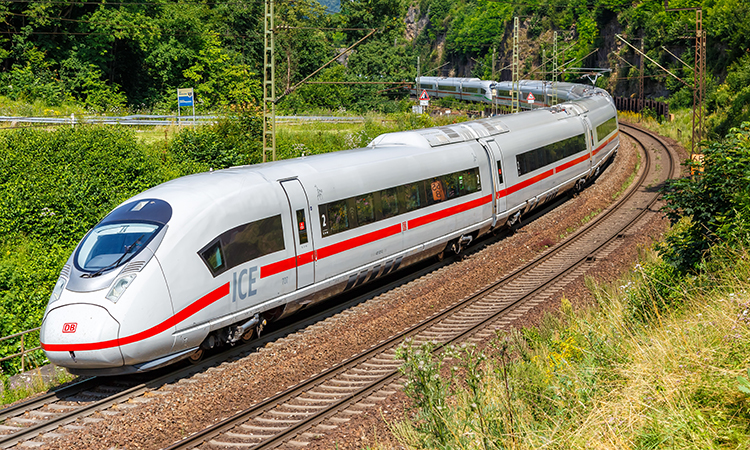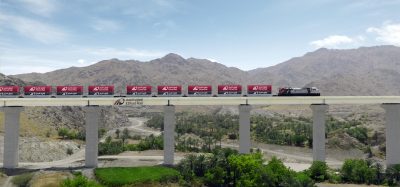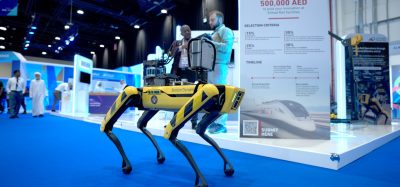DB commissions Siemens Mobility and Alstom to develop ICE concept
Posted: 15 November 2022 | Elliot Robinson (Editorial Assistant - Global Railway Review) | No comments yet
In the first half of 2023, Siemens Mobility and Alstom will work in close cooperation with Deutsche Bahn (DB) to develop concepts for future ICE trains.


Deutsche Bahn AG (DB) has concluded a development partnership for long-distance rail transport with both Alstom and Siemens Mobility following a tender. In the first half of 2023, both Alstom and Siemens Mobility will each work with DB on developing their visions for a new-generation of high-speed train. Once the concepts have been completed, a further tender is expected to follow in the second half of 2023 for the development, construction, and certification of the new fleet.
“We are especially pleased that Siemens Mobility is one of two competing suppliers to be commissioned to develop a new concept for high-speed trains,” Albrecht Neumann, CEO of Rolling Stock at Siemens Mobility, said. “This will give us the opportunity to continue our long-standing partnership with Deutsche Bahn. Even the form of cooperation is forward-looking, rather than delivering a specific catalogue of requirements, the most important features of the new generation of ICE trains will be developed in close cooperation with the customer.”
“We are very much looking forward to developing a concept for the new ICE generation together with Deutsche Bahn,” said Müslüm Yakisan, President of the DACH Region at Alstom. “In Germany we have tremendous development expertise, also and especially in the high-speed sector, and we know the German market very well. I am convinced that our engineers will do outstanding work.”
Related news you will enjoy:
ÖBB and Siemens Mobility unveil interior design of new Nightjet
New S-Bahn offers more space for passengers on line S8 in Berlin
Through the holistic approach of these partnerships, the specific needs of the operator as well as passengers will be aligned with state-of-the-art technologies. This will help foster new ideas that make rail travel even more attractive, comfortable, and convenient. The new generation of trains will make a decisive contribution toward meeting DB’s declared goal of doubling the number of passengers using long-distance rail transport by 2030.
To achieve this, DB is relying on single-deck trains that are a maximum of 400 metres long, have a seating capacity of around 950 passengers, and a top speed of at least 300km/h. In addition to providing enhanced passenger comfort, the new trains are also expected to set new standards in energy efficiency and technical availability.
Related topics
Operational Performance, Regulation & Legislation, Rolling Stock Maintenance, Rolling Stock Orders/Developments, Sustainability/Decarbonisation, Technology & Software








